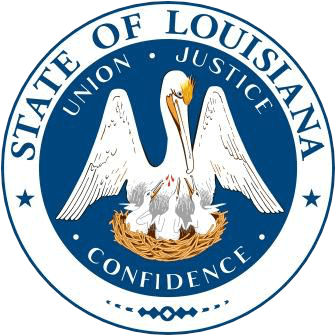Plain Language
On this page:
Your Impact
Plain language is communication your audience can understand the first time they read or hear it.
Citizens deserve plain language communication from their government. We’re all busy people and don’t want to spend time “translating” difficult, wordy documents. Plain language helps anyone with reading difficulties. Plain language means readers understand your documents. Users will receive better information and less form errors, resulting in fewer calls for explanations.

Grow Your Skill
Test the Readability of Your Content
Plain Language Resources
What You Can Do
Organize for Your Readers
Organize the content in a way that makes sense to your readers. The way we know the material won’t make sense to them.
Use Pronouns
Using “you” and other pronouns helps the reader to identify with the content more easily.
Use Active Voice
Active voice draws the reader in. Using passive voice makes them keep their distance.
Use Short Sentences
Short sentences and paragraphs don’t burden the reader. They’ll lose their place with long sentences and paragraphs.
Use Common Words
Use common, everyday words and avoid using idioms or figures of speech. Some readers might not understand “shorthand” or technical language.
Use Easy Reading Features
Put easy-to-follow reading features in the content. This could be lists, headers, and tables.
Think About the Audience
As you’re writing, consider the subject literacy level of your target audience. Define words that may be unfamiliar, and use an agency or division’s full name before using its acronym or abbreviation.
Consider a Glossary
Add a glossary if your content contains many potentially unfamiliar terms. Include in-line definitions for scientific, legal, or technical terms that you must use.
Accessibility Standards
Accessibility guidelines and standards aren’t unique to Louisiana. They’re established by industry leaders, government regulations, and academic research.
Section508.gov
U.S. Rehabilitation Act of 1973Louisiana Governor’s Office
Louisiana Office of Disability AffairsWeb Content Accessibility Guidelines (WCAG)
WCAG 2.2 Standards
